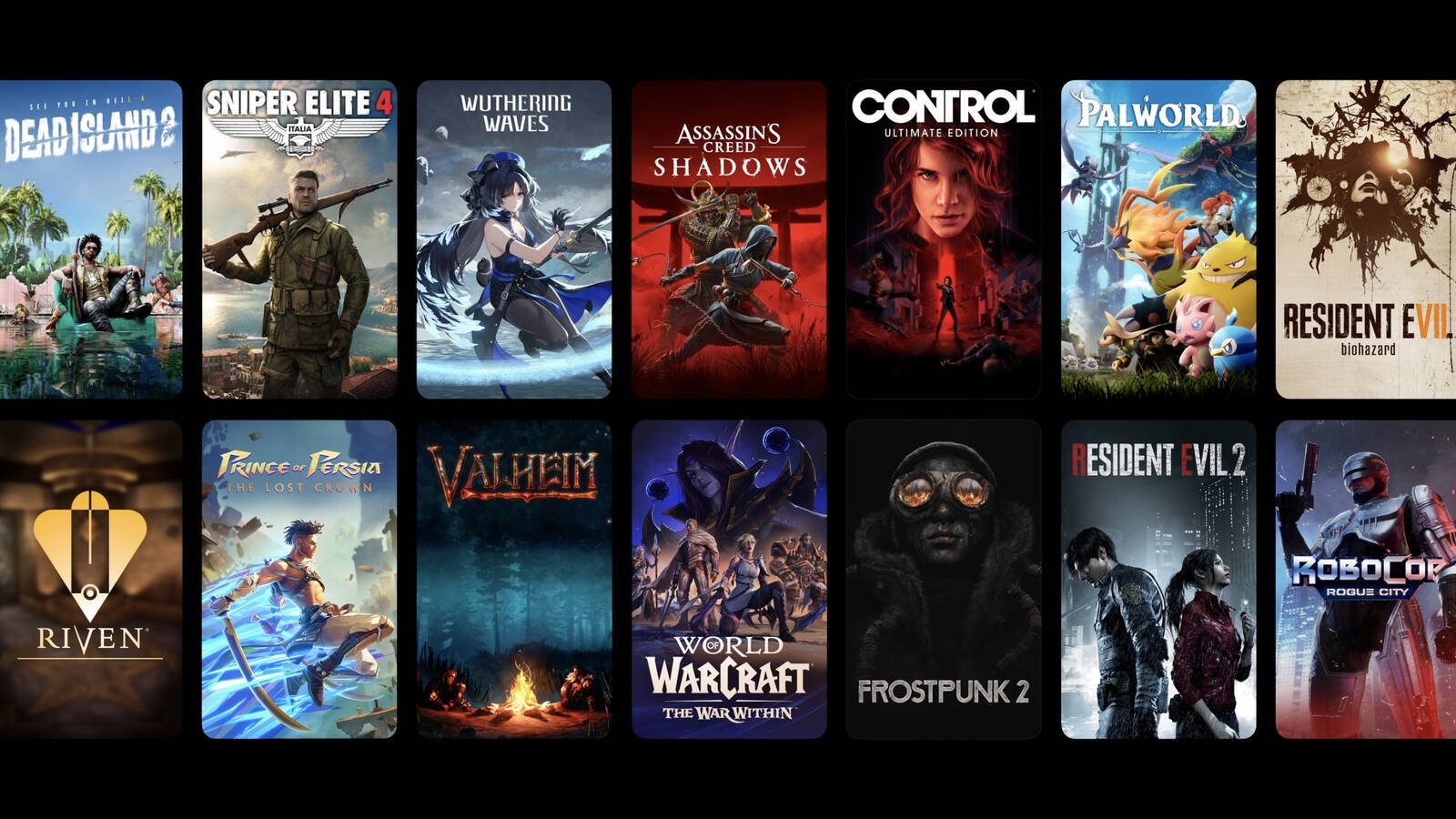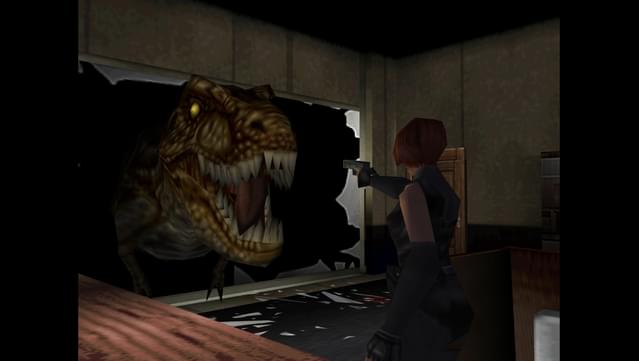This article is a part of my research for pricing and its relation to indie game's success over time on Steam. All the details I'm mentioning here are test-worthy and can be testified if necessary by the reader, and I even encourage you to test it by yourself as it might give you more nuanced exposure to the truths out there, unlike some other people claiming unfalsifiable truths that are somewhat generic and lack evidence.
Indie game pricing is a bit different and tricky. It has very broad openings, different teams, different resources, different budgets, or even no budget? It's too diverse, which is the best part of it, which gives players room for different values at different prices. But this diversity is under serious threat of being negated by a structural thinning or narrowing of prices which lacks room and authenticity organization for indie games in general. As for a AA-AAA game dev team, it's very clear to price higher to cover expenses and make a profit upon it.
But small developers don't have a proper method to price and to ask a value that is somewhat true to the offerings and willingness of the buyer.
Establishing Demand through Religion
Premium IP game releases under Indie title at a very lower price, which sets a new low for pricing indie games with higher value of content. Yes, I'm talking about Hollow Knight: Silksong, and its aftereffects are quite unnerving, thinning the price baseline for indie developers that want to make game development a career but are falling below subsistence. It looks like a great effort for making a game available to people, but it's really strategic pricing to get bought and unknowingly forcing others to lower prices and segmenting games in particular. We are now moving onto it.

Steam's Dangerous Experiment
Steam is experimenting so much these days with under $10 & under $5 priced games, which are bringing in eyes apart from games but of developers who don't wanna lose any chance of visibility, powered by marketing experts and gurus educating developers of how they can't market enough even if they try everything. So as expected, developers are on high alert to look for any marketing opportunity they get, even if cutting a limb is an option.
These categories and tiers look attractive, but these are the reasons sometimes why an indie team falls short even after selling a million copies & lives below subsistence, which in the case of AA-AAA devs are far higher and segmented pretty well. Now let's go to the darkest part.

"You are made to run for their cheap tiers whereas it opens up room for AA-AAA & teams with strong cash backing to stand upon a higher priced game, segmenting them as a higher price higher quality game."
The Market Segmentation Trap
The middle part of the price diversity is already shifted below $10 & $5, so the difference between $10 to $40-50 is clearly huge, giving a huge chance to stand and not get undercut by an indie nearer to a AAA. For example, an indie game could be priced at $28 and a AA-AAA game at $39. It will make the buyer think before buying the higher-priced AA-AAA game and make a decision to go with an Indie. In this new situation, there is no middle part which cuts any reason for a buyer to think and directly go with the only good option since they want a good long quality experience.

The thing is, it's working as expected, and the proof is the conversions going in the indie game marketing servers on Discord, showing support to price lower to only get mentioned in these categories.
Steam is knowingly or unknowingly opening opportunities and fixating rights of higher prices to developers with support or backed with publishers, or are simply AA-AAA's who can risk pricing higher to later eat the fruits of the massive cheapening drive underway. Serious homogenization of game pricing, somewhat powered by games like Silksong looking customer-focused only to cheapen other games through a psychological imposter syndrome force. This is the structural stratification of games based on prices, divided into 2 fields.
The Luxury of Pricing Higher
Pricing higher is largely becoming a luxury to those who already own large pools of money that could create floods if needed for their studio in the situation of a failure that is nearly "uncommon" as they are marketing with a million-dollar budget. Doesn't it provide a certain degree of guarantee to success to cover expenses, and with these higher prices, this is more easier and expendable. They can't lower the quality of indie games, so they are lowering the prices? Idk.

Market Segmentation in Action
Segmentation of the market is happening now, because indie games with their great experimentation and fun in them are conflicting heavily with AAA or AA devs under the guise of Indie developers with their sales since they price higher and indie games come with diverse range of pricing. Since they cannot really reduce indie games' fun & quality, but they can somewhat create a divide and kill diversity to procure their vision to stand alone in their segment of games and don't lose the customer who could have bought their games but went with a lower-priced indie game instead. Now all indie games are very low and cheap, so their quality will be perceived not as qualitative as those higher-priced games, so a clear divide between the market is being created in one platform, favored and powered by Steam.
Newer popular releases are contributing to it more since they are indie and going viral, which fixates a price in players' minds which is indeed too low, even below subsistence for a small indie game dev.

"The day is not far enough when hard working developers will sell their games for a few bucks, or should I clearly say be forced to sell like crap maybe due to be under a specific category created by steam or just by the fear if the game doesn't sell."
The Solution: Awareness
Well, that's where Pricemyindiegame.com or P*MIG helps you, giving you a price that is supported by millions of players and backed by games that proved it right. Currently, the situation on Steam for prices is pretty diverse, but it's not going good. Recent releases prove it well that games are stripped of their real value and forced to sustain with it to further implant a value in the minds of new developers to price lower to attract more players.
Don't get trapped, be prepared for the massive cheapening drive.

